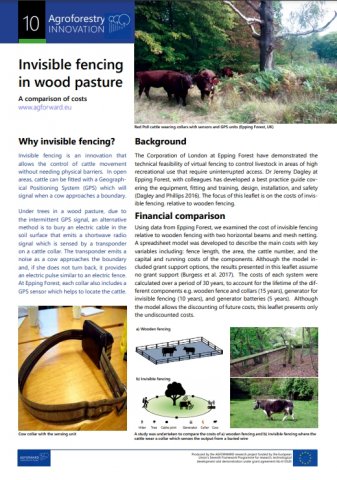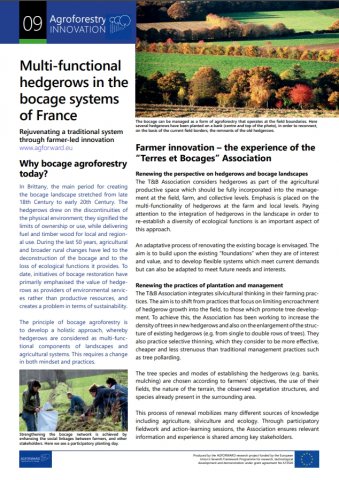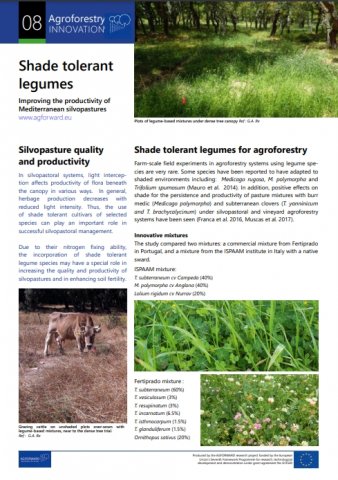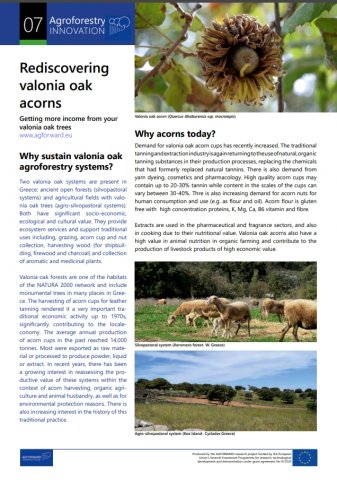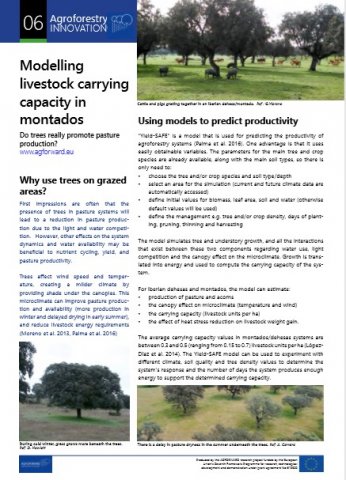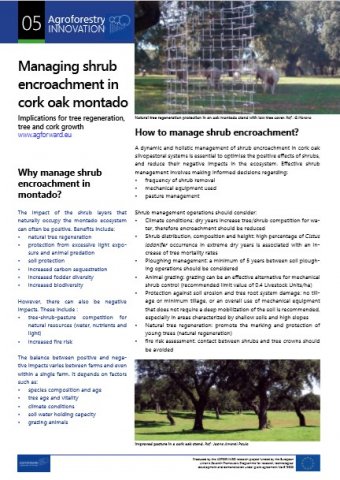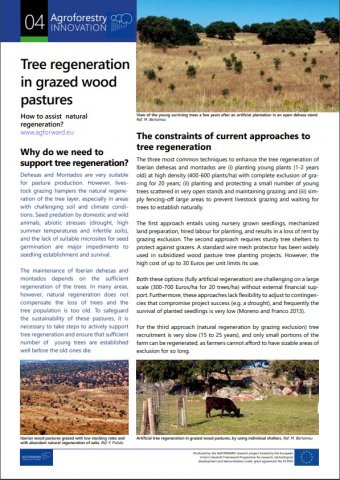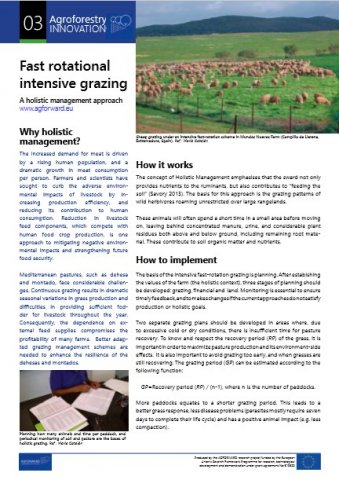Why restore ancient waterways?
In the past, flood-prone lowlands in Germany were adapted for agricultural land use through the installation of small waterways to improve drainage. The excess sediment from the waterways was used to develop raised areas. Planting trees on these elevated areas resulted in the development of a small-scale mosaic agroforestry system, rich in biodiversity.













